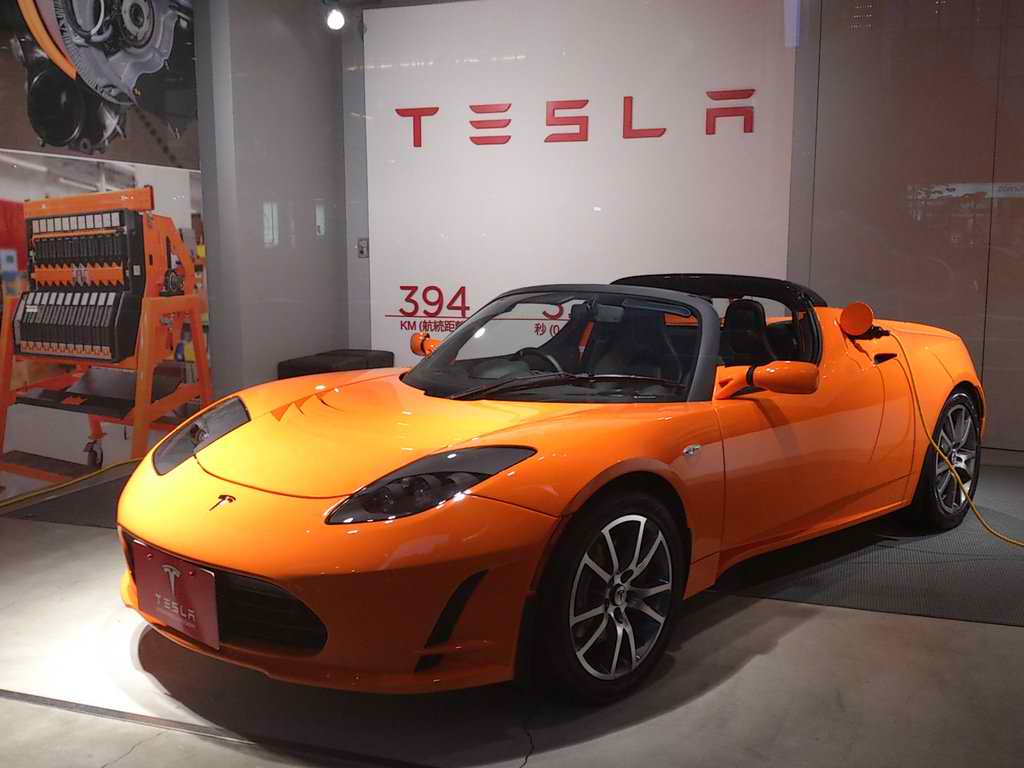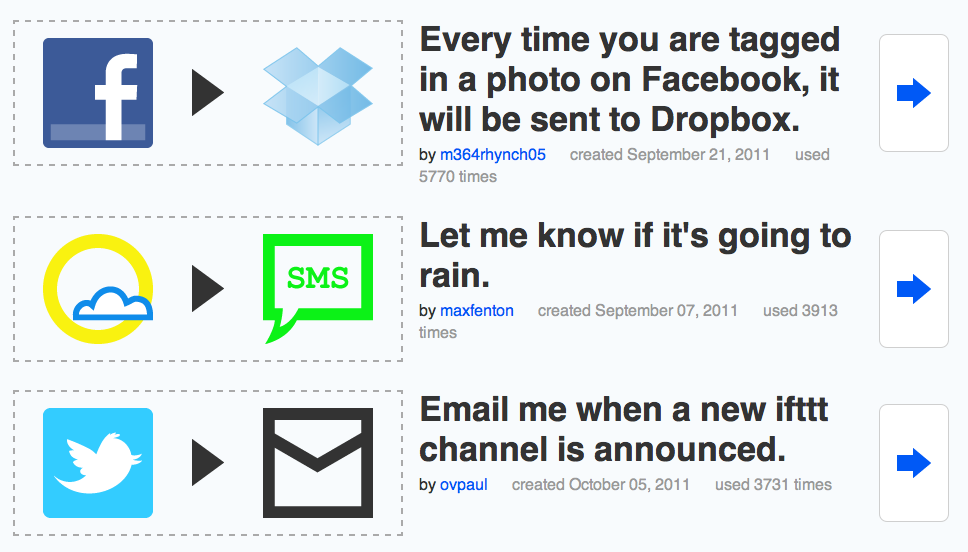Continuing with the meme of this morning’s post, that the real test of the IoT will be if it allows us to do something that we couldn’t do before, how about saving children’s lives as a good example of a new paradigm courtesy of the IoT?
I don’t believe in the NRA’s bizarre position that the way to avoid more school tragedies is to arm teachers (come to think of it, I don’t believe in anything the NRA proposes — if you do, sue me, I guess…) so it’s great to see that the Internet of Things (even better, a Massachusetts firm!) has stepped in with a non-violent solution allowing teachers to act immediately, without waiting for police, to protect their children.
This kind of solution is a particular passion of mine, since long-time readers of this blog know that I pioneered (as in October, 2001) using mobile devices for personal preparation for, and response to, terrorism and disaster situation.
According to Fast Company, Elerts has created Lock It Down™ and ELERTS Campus™, which allow teachers to trigger a lockdown from a smart phone or iPad app.
Among other features, Lock It Down™ includes great features for these high-pressure, instant-reaction situations:
- Sharing: Transmits bi-directional information in seconds
- Action: Can initiate a Lockdown with the press of a button
- Options: Also offers Shelter in Place and Evacuate commands
- Reporting: Text message, photos, and GPS map add context
- Speed: Police see reports on their devices and can respond faster
- Status: App includes “SkyWriter” for personal safety updates
Sweet!
ELERTS Campus™ is designed for colleges and larger campuses, and offers:
- Reporting: Drop-down menu makes Report Type selection easy
- Crowd-Sourcing: Message, photo, GPS map inform Security Dispatchers
- Broadcast: Warnings can be broadcast to all students who use the app
- Administration: The ELERTS EPICenter web console manages Reports
- Alerts: ELERTS EPICenter allows 2-way chat with sender of original report
- Virtual Monitoring: Users can activate “Escort Me” by pressing a button
These are just the kinds of tools that I dreamed of creating ten years ago, when all we had were the early Palm Pilots. What a great use of smart phones and the IoT!
The two programs are meant to be used in conjunction with the ALICE Training, as in Alert, Lock-down, Inform, Counter, and Evacuate.
Download the apps:
ELERTS Campus™ for iOS
ELERTS Campus™ for Android






